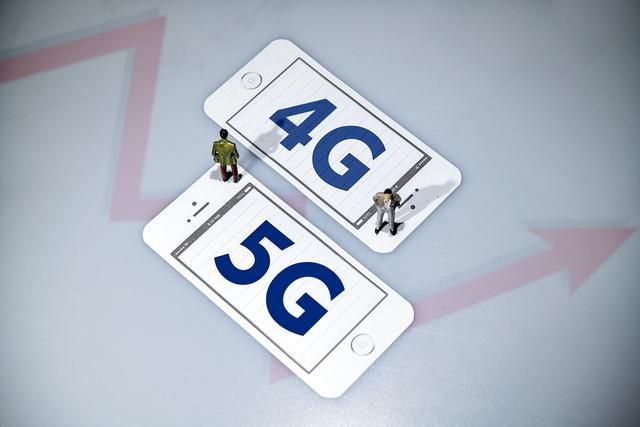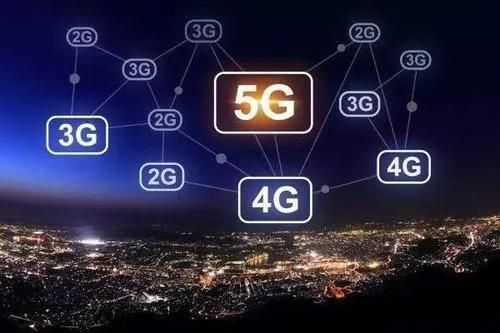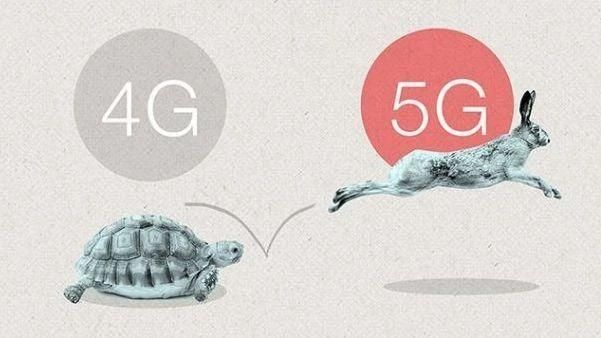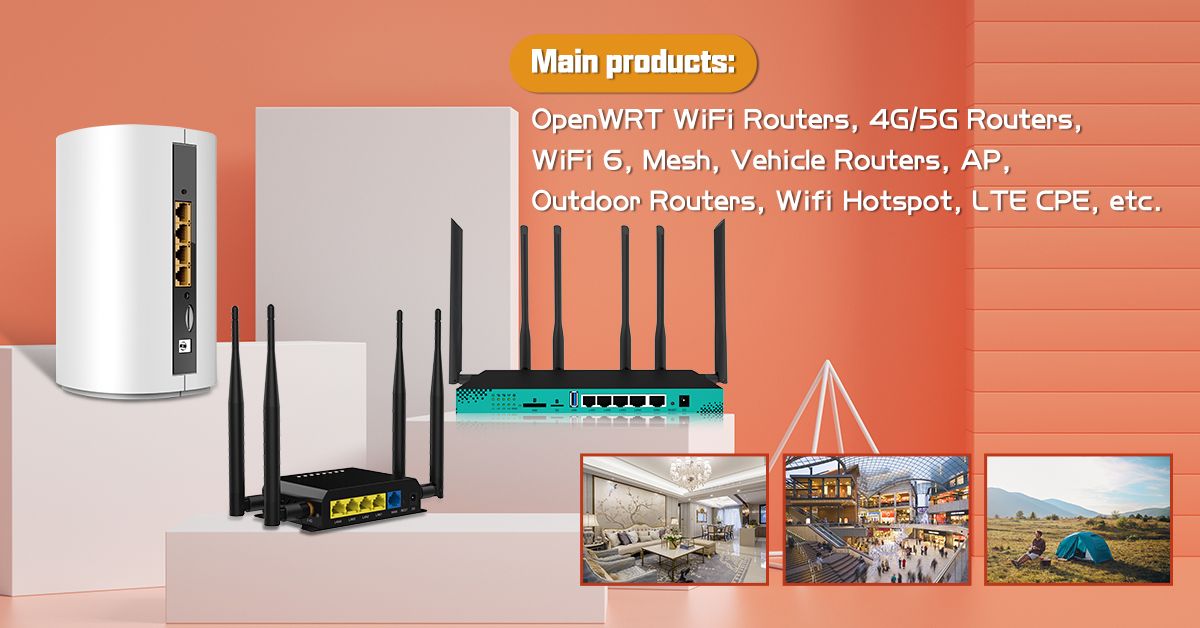What is the difference between 4G and 5G you wonder
The first difference between 4G and 5G is the fact that 5G uses different frequency bands. The European Union has determined that three frequency bands will be made available for commercial 5G applications, namely the 700Mhz, 3.5Ghz and 26Ghz frequencies. Some of these frequency bands are currently used for other applications, including radio links and satellite communications for government services, but from now on mobile networks can use these bands in combination to offer 5G services;
The 700Mhz frequency band has a large range.
The 3.5 Ghz frequency reaches a maximum of a few hundred meters
And the 26 Ghz frequency has a short range of a few meters.
The higher frequency bands of the 5G network can therefore bridge a short distance than the low 5G frequencies, but on the other hand offer (very) high capacity / speed for customers and a shorter response speed than 4G frequencies.
The second important difference between 4G and 5G is that 5G offers much more “customization possibilities”. Thanks to new functionalities such as ‘network slicing’ – which means virtually dividing the mobile network into several unique connections with different bandwidths – mobile operators can serve their customers much better, so that customer groups with different wishes can be served tailor-made. Think, for example, of government services with priority in the event of calamities or increasing mobile data speeds and capacity at events.
Finally, the final difference between 4G and 5G networks is that many more new developments, business cases, revenue models and commercial solutions and technologies regarding Internet of Things, Virtual Reality, Augmented Reality will be realized with 5G technology. The (even more) interconnection of machines and devices will revolutionize home automation, transport, the energy sector and retail.
Post time: May-18-2022





